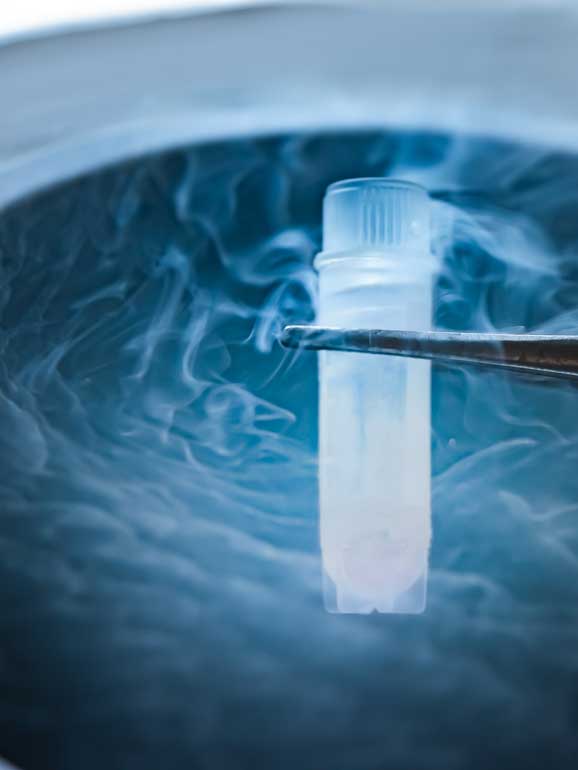Suspension test
SUSPENSION TEST
Test the Virucidal Activity of Your Solutions
A suspension test measures the virucidal activity of liquid formulations with viruses in suspension. It is useful for testing the antiviral activity of disinfection products, lysis buffers, or any liquid virucidal solution. Equally, the same test can also be use to demonstrate that a buffer that is designed to maintain virus infectivity, does not interfere with virus integrity.
During an antiviral suspension test, virus is mixed with a test solution (and an inert control solution) for the desired time. The mixtures are then typically neutralised by dilution and filtration, before the amount of infectious virus recovered is quantified. This data is then used to determine if the test solution is virucidal compared to the control.
You can request a suspension test against one or more of our virus library.
SUSPENSION TEST
Our Approach
Our standard suspension test starts by mixing a small volume of the test solution with our virus stock (4:1 ratio), then incubating this mix at room temperature for a predetermined amount of time. This is the same ratio recommended in international standards (like DIN-EN 14476), but the volumes are smaller: this makes the assay more high-throughput and allows you to test multiple products, conditions, or incubation times in the same experiment.
Our antiviral suspension tests also include positive and negative control conditions. For the positive control we use a solution we know will kill the virus. For the negative control we use an inert solution that is harmless for the virus.
The incubations are stopped by adding each mixture to an excess of cold assay media (5 ml) and then concentrating roughly 50- to 100-fold through a filter, which has the advantage to concentrate the virus and remove as much as possible the test product before virus titration on the assay cells.
Each concentrated suspension is then resuspended in 1 ml of assay media and the amount of remaining infectious virus quantified using a TCID50 assay. This involves serial dilution on a 96-well plate of cultured cells. If infectious virus has survived, it will kill the cultured host cells. A percentage reduction in infectivity relative to the inert negative control is calculated and this value is ultimately reported as the virucidal activity of the test sample.
Also, our antiviral suspension experiments always include a parallel cytotoxicity control test. This test is included so that we can be confident that the host cell death we observe doing the experiment is due to virus infection and not because the tested solutions are cytotoxic to the hot cells used to quantify the virus.
If you work with virucidal solutions, contact VRS today to learn how we can help.
Subscribe

